The art of the volleyball spike is one of the most electrifying aspects of the sport, captivating audiences with its raw power and precision. At the heart of this dynamic move lies the vertical jump—the explosive leap that separates great hitters from the rest. Understanding the mechanics, training methods, and biomechanics behind achieving optimal jump height can unlock a player’s potential to dominate at the net.
The Physics of Elevation
Vertical jump height in volleyball is governed by a combination of force production and efficient energy transfer. When a player prepares to jump, their muscles undergo a rapid stretch-shortening cycle, storing elastic energy in the tendons and muscles. The quicker and more forcefully this energy is released, the higher the athlete will propel themselves off the ground. Studies have shown that elite volleyball players can generate ground reaction forces exceeding three times their body weight during takeoff.
Body positioning plays a crucial role in maximizing jump height. The ideal approach involves a controlled, rhythmic three-step or four-step run-up, culminating in a powerful two-footed takeoff. The penultimate step acts as a braking motion, converting horizontal momentum into vertical thrust. Arm swing coordination is equally vital—the backward swing during the crouch phase and the explosive upward swing during extension contribute significantly to overall lift.
Training for Explosiveness
Developing exceptional vertical leap requires targeted training that enhances both strength and power. Plyometric exercises like box jumps, depth jumps, and hurdle hops train the nervous system to recruit muscle fibers more efficiently. These exercises improve the rate of force development, allowing athletes to generate maximum power in minimal time—a critical factor for volleyball where quick reactions are paramount.
Strength training forms the foundation for explosive power. Squats, deadlifts, and lunges build the necessary muscular strength in the legs and core. However, traditional weight training must be complemented with Olympic lifts such as power cleans and snatches, which teach the body to generate force rapidly. Research indicates that combining heavy resistance training with plyometrics yields superior results compared to either method alone.
Biomechanical Advantages
Certain anatomical factors influence natural jumping ability. Athletes with longer limbs relative to their torso length often have a biomechanical advantage, as their muscles can generate greater torque. The proportion of fast-twitch muscle fibers also plays a role—these fibers contract more forcefully and rapidly than slow-twitch fibers, making them essential for explosive movements. While genetics determine fiber composition to some degree, specific training can enhance the performance of existing fast-twitch fibers.
Joint mobility, particularly in the ankles and hips, significantly impacts jump height. Restricted range of motion limits the ability to achieve optimal takeoff positions. Volleyball players often incorporate dynamic stretching and mobility drills into their warm-up routines to ensure full utilization of their kinetic chain. Fascinatingly, studies using motion capture technology have revealed that elite jumpers exhibit nearly identical joint angle patterns during takeoff, suggesting an ideal biomechanical sequence.
Nutrition and Recovery
Peak jumping performance requires proper fueling and recovery strategies. Adequate protein intake supports muscle repair and growth, while carbohydrates provide the energy needed for high-intensity training. Hydration status affects muscle elasticity and nervous system function—even mild dehydration can impair explosive power output. Many elite athletes prioritize post-workout nutrition, consuming a blend of proteins and fast-acting carbohydrates within 30 minutes of training to optimize recovery.
Sleep quality profoundly influences jump performance. During deep sleep stages, the body releases growth hormone, which aids in tissue repair and muscle building. Chronic sleep deprivation has been shown to decrease vertical jump height by compromising reaction time and power output. Some professional teams now employ sleep tracking technology to ensure their athletes achieve sufficient restorative sleep.
Technological Advancements
Modern volleyball training has embraced technology to analyze and improve jump mechanics. Wearable sensors can measure ground contact time, jump height, and power output with remarkable precision. Video analysis software breaks down each phase of the jump, allowing coaches to identify subtle inefficiencies in technique. Some advanced systems even provide real-time feedback during training sessions through auditory cues or visual displays.
Virtual reality training represents the cutting edge of jump development. Athletes can practice their approach and timing against virtual blockers in various game scenarios. This technology helps develop the cognitive aspects of spiking—decision making and spatial awareness—while reducing physical wear and tear from excessive jumping during practice sessions.
The Mental Component
Psychological factors often separate good jumpers from exceptional ones. Visualization techniques, where athletes mentally rehearse perfect jumps, have been shown to improve actual performance. The ability to maintain focus under pressure ensures consistent jump height during critical points in a match. Many players develop pre-jump routines to prime their nervous system for maximum explosive output.
Confidence plays a surprising role in vertical leap. Research has demonstrated that athletes jump higher when they believe in their ability to do so. This phenomenon highlights the complex interplay between mind and body in athletic performance. Coaches increasingly incorporate mental training alongside physical conditioning to develop complete athletes.
As the game evolves, so too does the science behind maximizing vertical jump for volleyball. From advanced biomechanical analysis to innovative training methodologies, players today have access to tools that previous generations could scarcely imagine. Yet the fundamental thrill remains unchanged—that moment of suspension in midair, when proper technique, physical preparation, and mental focus converge to create volleyball’s most spectacular play.
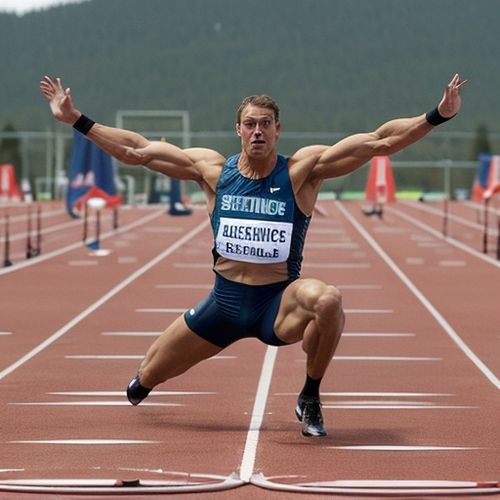
By Rebecca Stewart/May 8, 2025
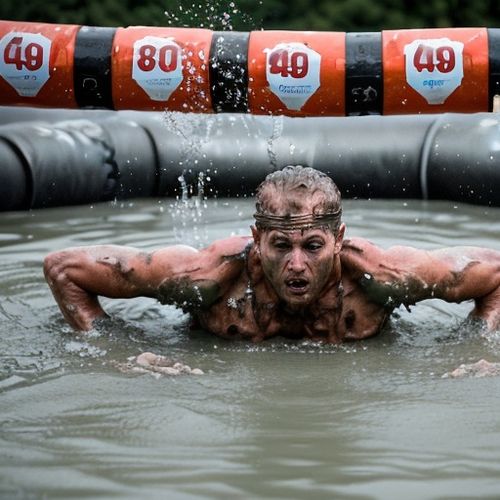
By Rebecca Stewart/May 8, 2025
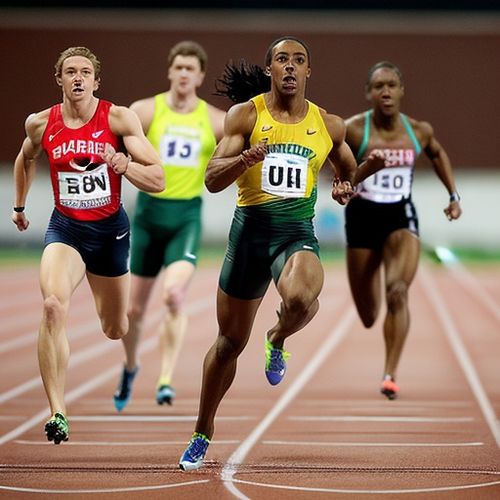
By Joshua Howard/May 8, 2025
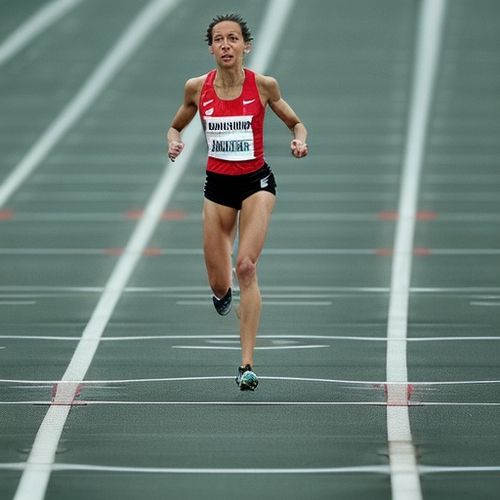
By Lily Simpson/May 8, 2025
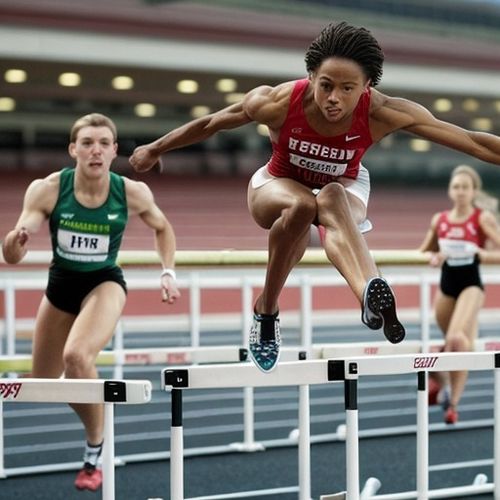
By Victoria Gonzalez/May 8, 2025
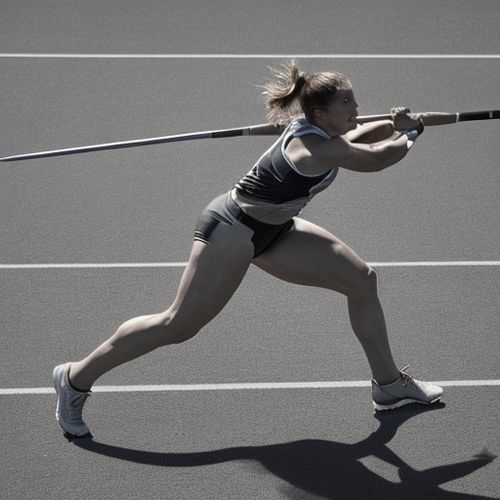
By Christopher Harris/May 8, 2025
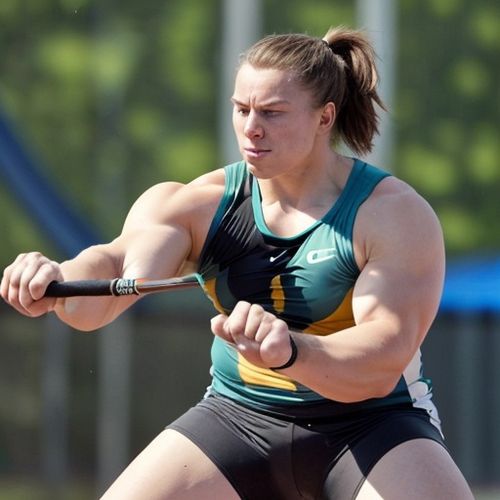
By Ryan Martin/May 8, 2025
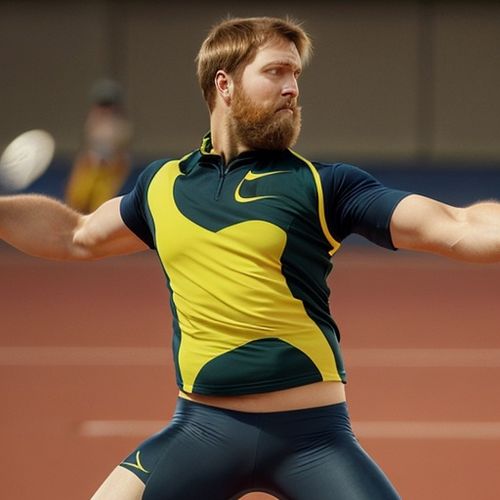
By Megan Clark/May 8, 2025
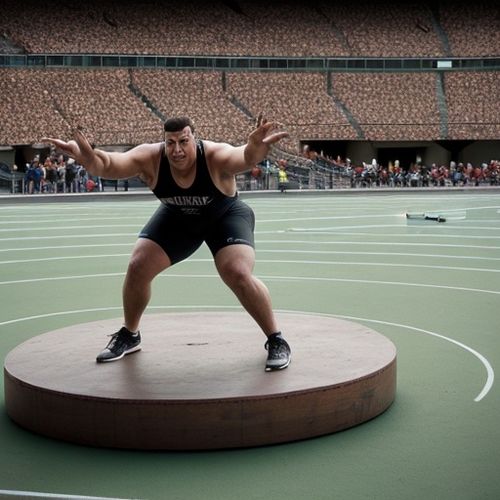
By Samuel Cooper/May 8, 2025
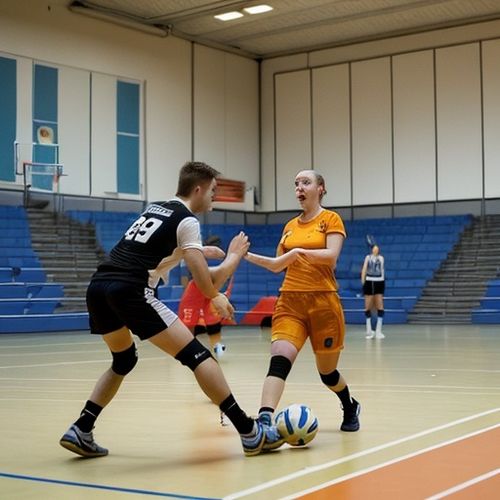
By Noah Bell/May 8, 2025

By David Anderson/May 8, 2025
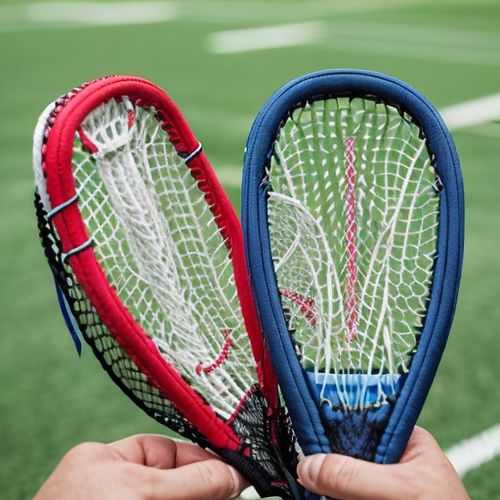
By Megan Clark/May 8, 2025
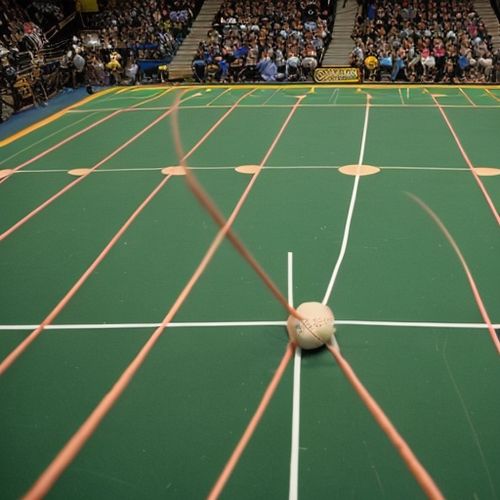
By William Miller/May 8, 2025
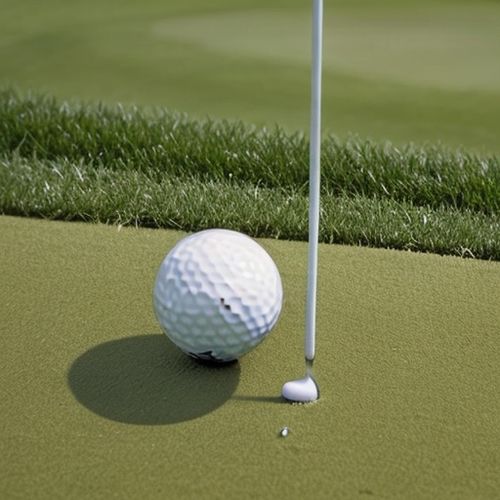
By William Miller/May 8, 2025

By Emily Johnson/May 8, 2025
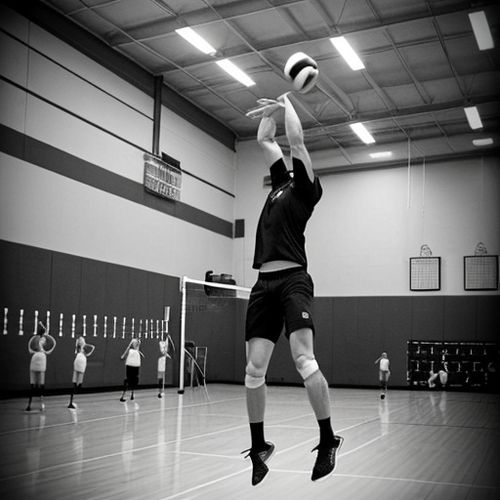
By Ryan Martin/May 8, 2025
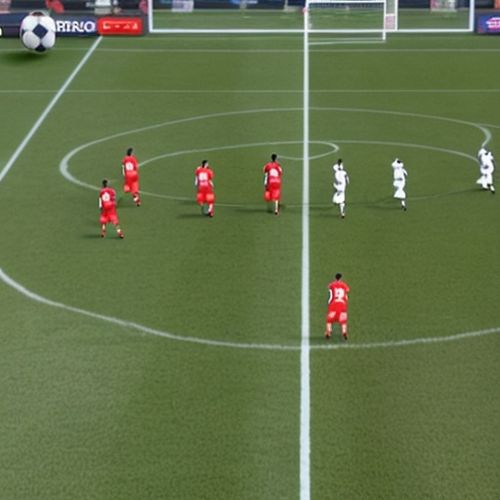
By Laura Wilson/May 8, 2025
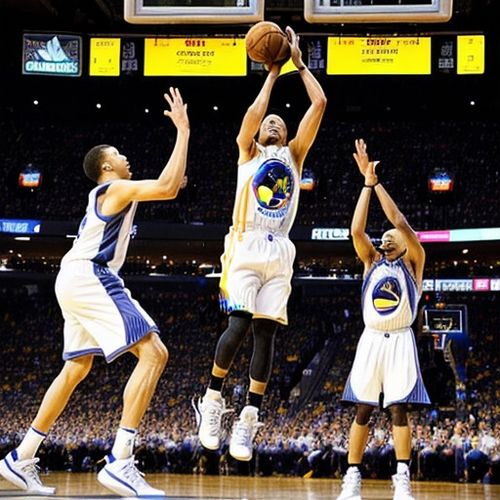
By Eric Ward/May 8, 2025
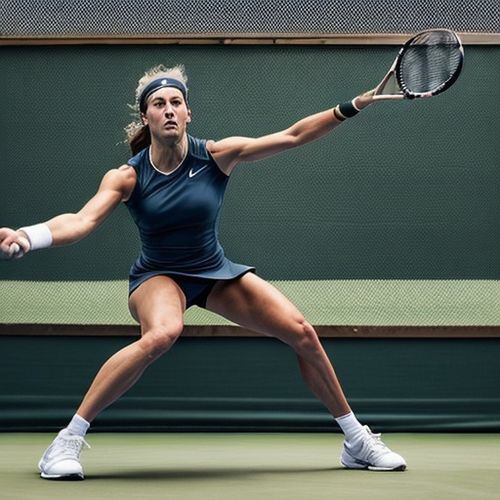
By Joshua Howard/May 8, 2025

By Natalie Campbell/Apr 9, 2025